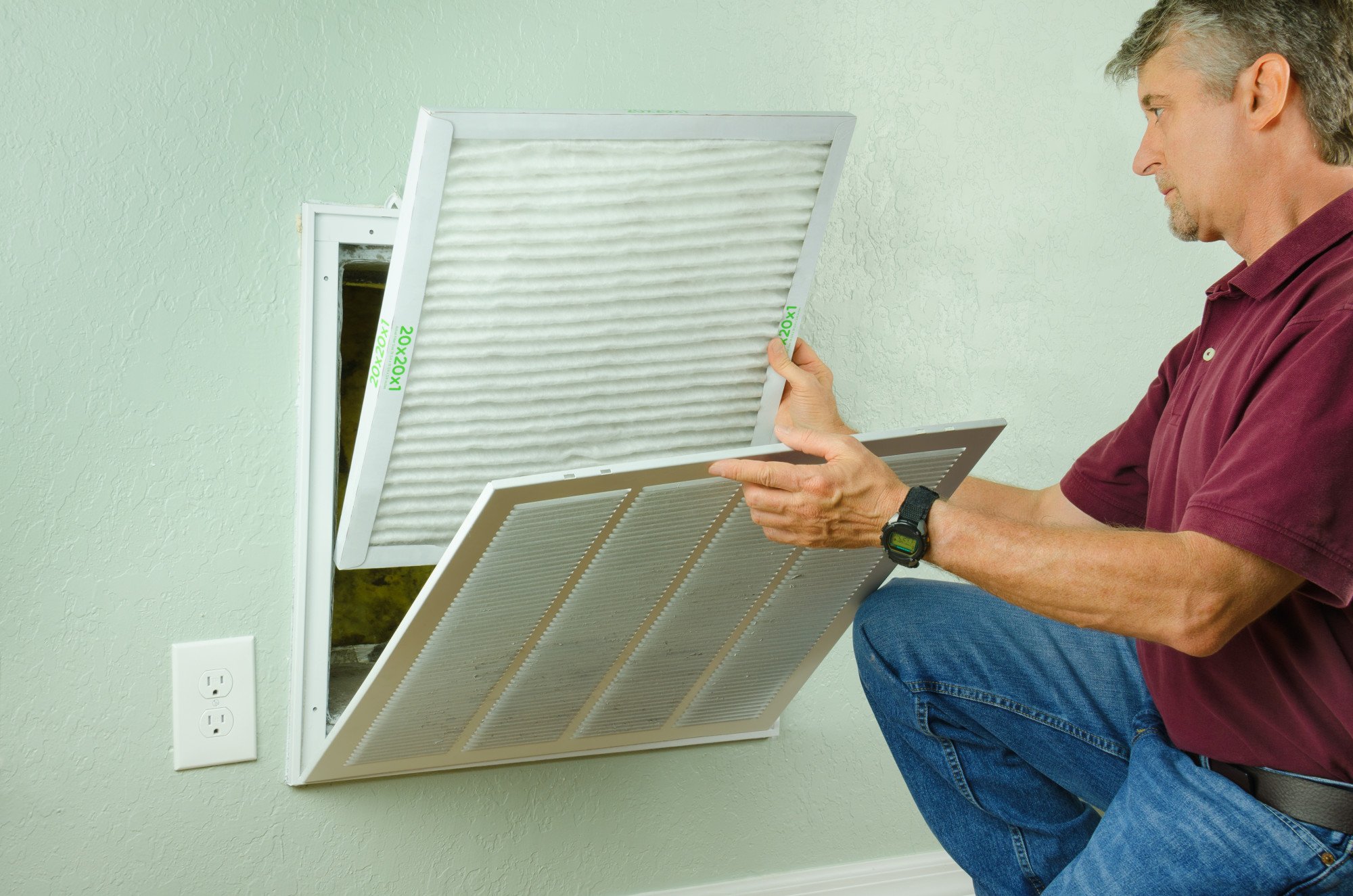Motorized equipment, like cars and lawnmowers, depend on clean air filters for smooth operation. These filters are vital in preventing dirt and debris from entering the engine, which can cause problems if not addressed. Clogged filters restrict airflow, making the engine work harder and potentially impacting performance.
Don’t wait for damage to occur. Learn about clogged air filter symptoms and take action!
Contents
Common Symptoms of a Clogged Air Filter
A clogged air filter can cause a variety of symptoms, some more serious than others. Here are the most common ones to watch out for:
Reduced Engine Performance
Clogged air filters restrict the amount of air that can flow into the engine. This causes a decrease in performance and power, making your vehicle or equipment feel sluggish.
Difficulty Starting
When an air filter is clogged, there isn’t enough clean air getting to the engine for efficient combustion. This can make it difficult to start your car or lawnmower, especially in cold weather.
Decreased Fuel Efficiency
The restricted airflow from a clogged air filter can also cause your vehicle or equipment to use more fuel than normal. This is because the engine has to work harder to compensate for the lack of oxygen.
Black Smoke Exhaust
If you notice black smoke coming from your exhaust, it could be a sign of a clogged air filter. This is caused by an improper air-to-fuel ratio, resulting in incomplete combustion.
Unusual Engine Noises
A clogged air filter can also cause strange noises from your engine, such as knocking or pinging sounds. This is due to the lack of proper airflow and can lead to further damage if left untreated.
How to Fix a Clogged Air Filter
Fortunately, fixing a clogged air filter is a simple and relatively inexpensive task. Here’s what you’ll need:
- Air filter cleaner
- Water
- Soft brush or cloth
- New air filter (if necessary)
Locate the Air Filter
The first step is to locate the air filter. In most motorized equipment, it can be found under the hood or behind a cover on the side of the engine.
Remove and Clean the Air Filter
Once you’ve located the air filter, remove it from its housing. Use an air filter cleaner to spray both sides of the filter, then rinse it with water. Gently scrub any remaining dirt or debris with a soft brush or cloth.
Dry the Air Filter
After cleaning, let the air filter dry completely before re-installing it. You can speed up this process by using compressed air or letting it sit in the sun.
Check for Damage
While your air filter is drying, take the time to inspect it for any tears or holes. If the filter is damaged, it will need to be replaced with a new one.
Reinstall the Air Filter
Once dry and undamaged, re-install the air filter back into its housing. Make sure it is securely in place before closing the cover or hood.
Regular Maintenance
To prevent future clogs, it’s important to regularly check and clean or replace your air filter. Regular air filter cleaning and maintenance is especially crucial for motorized equipment that operates in dusty or dirty environments.
Look Out for these Clogged Air Filter Symptoms
To maintain the performance and longevity of your equipment, it’s crucial to identify and fix clogged air filter symptoms. By recognizing common signs and properly maintaining your air filter, you can prevent damage and costly repairs.
Remember, prevention is key! Regularly check and clean your air filter for optimal performance. You’ve got this!
Is this article helpful? Keep reading our blog for more.

